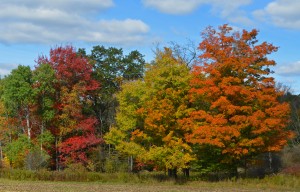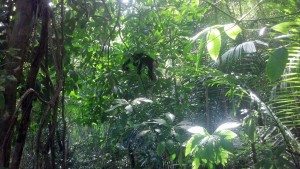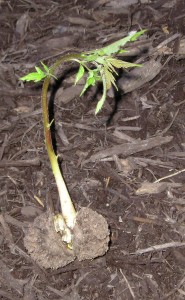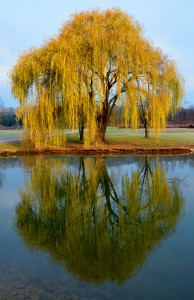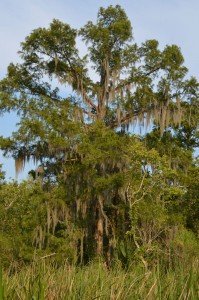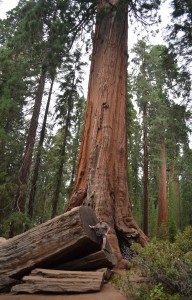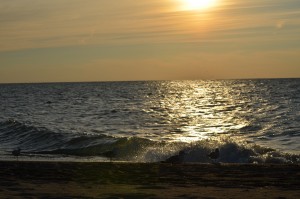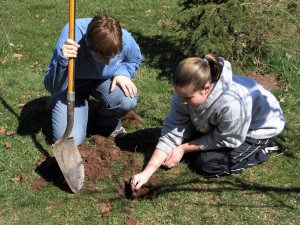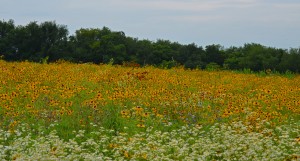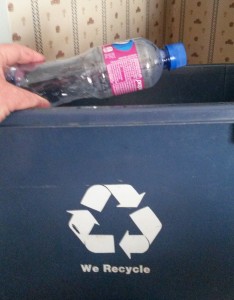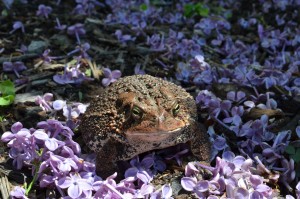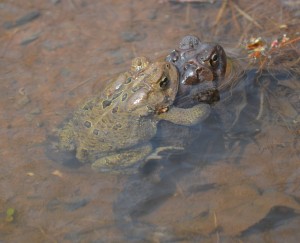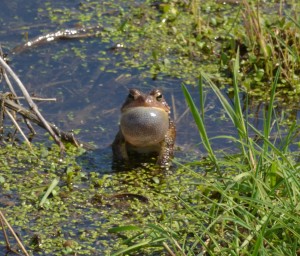As we walked through the shadowy forest, beams of sunlight flickered through the leaves and branches of the large oaks, maples and hickories. Young seedlings and saplings were all around us, stretching upward, as if trying to grab each thin, ray of sunshine. A chorus of songbirds was letting us know they were above us, and you could even smell the old logs decomposing on the forest floor. We paused for a moment, stood silently, and took a deep breath. The trees were here, they’ve always been here, but I think we take them for granted, assuming they’ll always be here. This past Friday, April 29th was Arbor Day. It’s a day to remind us of trees-their beauty, their importance and the role they play in our lives and the natural world.
Trees are one of our most precious natural resources. They have been growing on our planet for millions of years. In fact, without trees, and other green plants, humans couldn’t live. Besides all the other wonderful benefits (read on) we receive from trees, is the one we require for life-oxygen. A study from North Carolina State University found that one large tree can provide a day’s worth of oxygen for four people! Think about what a million trees can do! More than 20% of the world’s oxygen comes from the Amazon Rainforest. I kinda like breathing every day!
Big trees and little trees, tall and small, they grow on every continent except Antarctica. Want a way to cool your home in the summer, block those cold, winter winds and increase your property value? Plant a tree! Need a little stress relief from your busy, fast-paced life? Plant a tree, or take a walk in a forest or woodlot. Need some fresh apples, oranges or almonds? Plant one of these species of trees and start growing your own food! Birds and other wildlife will also benefit from your tree-planting efforts, and nature has never produced a better filter either. Trees filter pollutants out of the air we breathe, and their roots improve water quality by slowing down storm water runoff, preventing soil erosion and trapping unwanted sediments. Should I continue? Are you starting to see the benefits that trees provide to us, and our environment? To encourage us even more, Arbor Day was created in 1872.
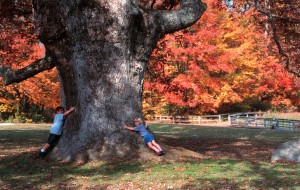 Sterling Morton and his wife moved from Detroit to the Nebraska Territory in 1854. One of the first things they did after arriving was to plant many trees, shrubs and flowers, as did many of the settlers coming from the east. Morton became the Secretary of Agriculture in Nebraska, and was so passionate about trees he proposed to set aside a day just for planting them, calling it “Arbor Day.” So, on April 10, 1872, with much support from the State Board and many new pioneers, over one million trees were planted in Nebraska in a single day!
Sterling Morton and his wife moved from Detroit to the Nebraska Territory in 1854. One of the first things they did after arriving was to plant many trees, shrubs and flowers, as did many of the settlers coming from the east. Morton became the Secretary of Agriculture in Nebraska, and was so passionate about trees he proposed to set aside a day just for planting them, calling it “Arbor Day.” So, on April 10, 1872, with much support from the State Board and many new pioneers, over one million trees were planted in Nebraska in a single day!
There are literally hundreds of products we get directly from trees. Everyone knows about lumber, furniture and many kinds of food, but did you know we also get certain medicines and cosmetics from wood/wood products. The tiny fibers of wood are called cellulose. Cellulose, and its byproducts, are used in things such as toothbrushes, cellophane, chewing gum, asphalt, paint, detergent, and many, many more. But no matter what we get from trees, or think we get from trees, our lives, and our planet, are better with lots and lots of trees.
One of the easiest and most important things we can do as adults, is to teach our kids and grandkids how “excellent” trees are! Take the time and plan a walk in the woods. Let them get up close and personal with a big tree. Have them look up, down and all around, and encourage them to discover other trees, and other forests! Introduce them to some great books about trees, like the timeless classics of Shel Silverstein’s The Giving Tree (Harper & Row, 1964), and The Lorax by Dr. Seuss (Random House, 1971). Last, and certainly not least, plant a tree or two with them. Get their hands dirty by planting some in your backyard, or as part of a conservation project in a local park, and come back year after year to visit your tree-because we all need More Trees Please! For more information about trees and tree planting check out the National Arbor Day Foundation (www.arborday.org). If you would like to check out my children’s photo-fact book, More Trees Please, it’s available through Amazon.com. Happy Arbor Day!

